Germany PMI Manufacturing dropped to 41.4 in September, down from 43.5 and missed expectation of 44.6. That’s the lowest level in 123 months. PMI Services dropped to 52.5, down from 54.8, missed expectation of 54.3, a 9-month low. PMI Composite dropped to 49.1, down from 51.7, a 83-month low.
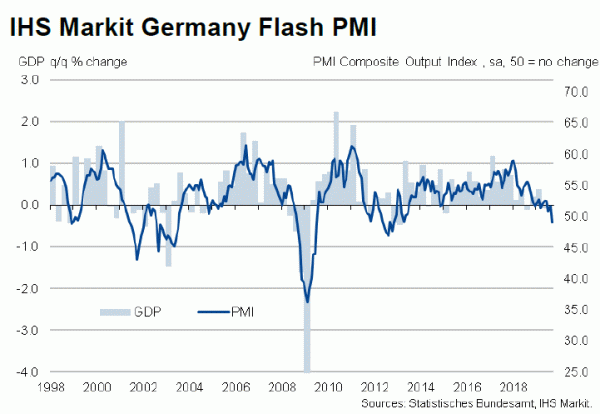
Commenting on the flash PMI data, Phil Smith, Principal Economist at IHS Markit said:
“Another month, another set of gloomy PMI figures for Germany, this time showing the headline Composite Output Index at its lowest since October 2012 and firmly in contraction territory.
“The economy is limping towards the final quarter of the year and, on its current trajectory, might not see any growth before the end of 2019.
“The manufacturing numbers are simply awful. All the uncertainty around trade wars, the outlook for the car industry and Brexit are paralyzing order books, with September seeing the worst performance from the sector since the depths of the financial crisis in 2009.
“With job creation across Germany stalling, the domestic-oriented service sector has lost one of its main pillars of growth. A first fall in services new business for over four-and-a-half years provides evidence that demand across Germany is already starting to deteriorate.”
Full release here.




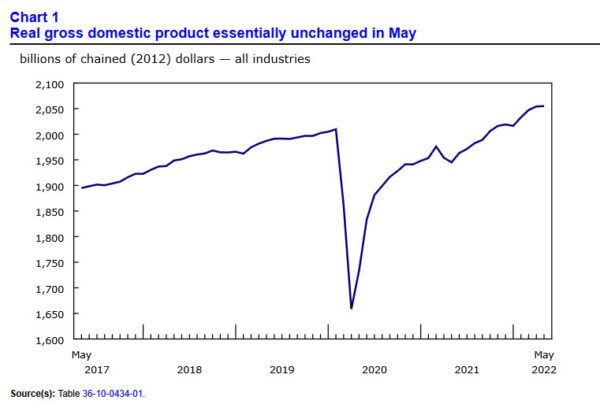
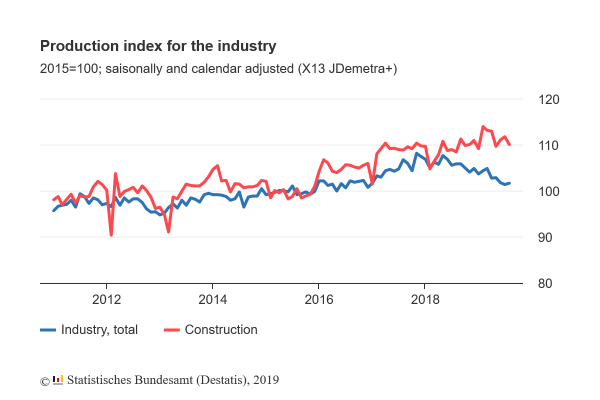
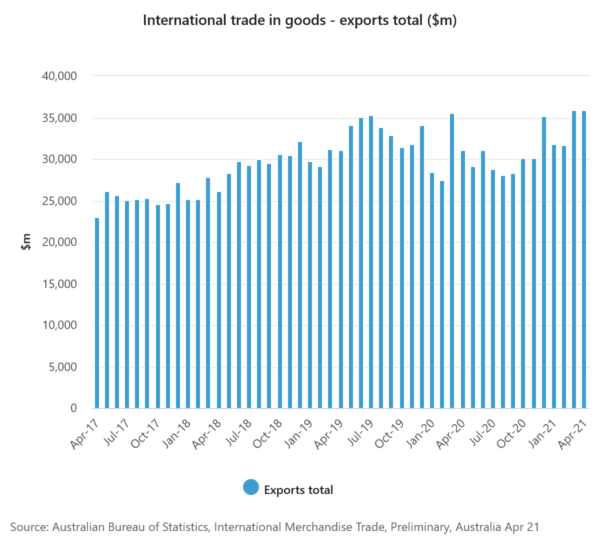
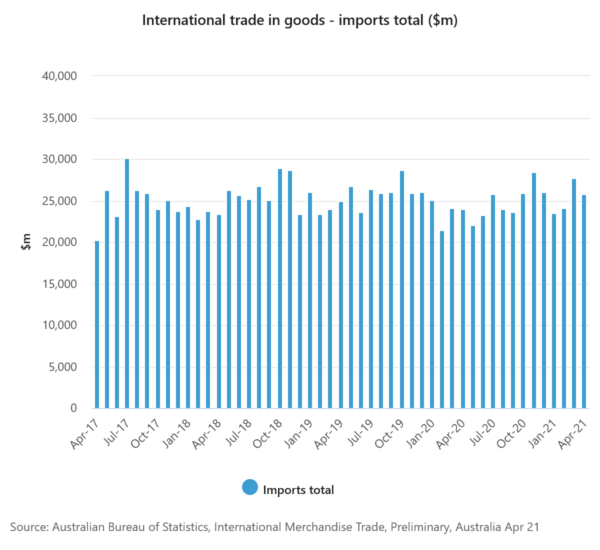
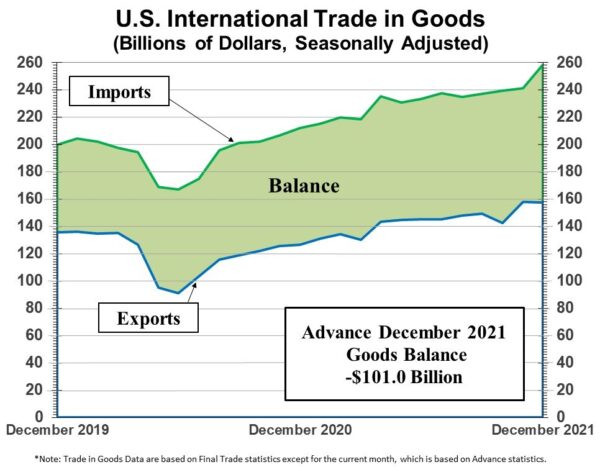
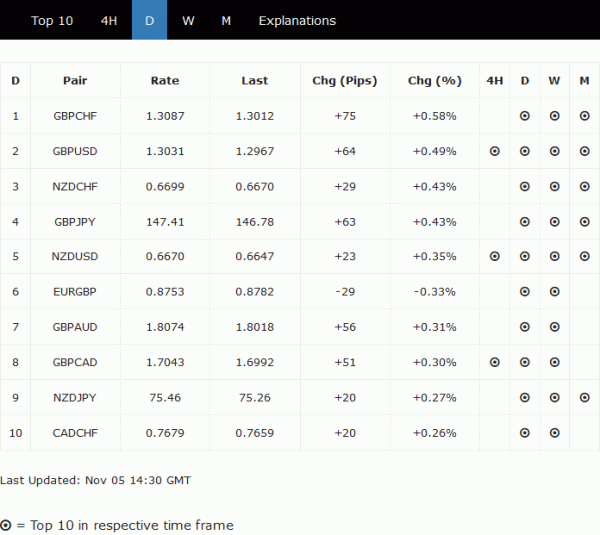
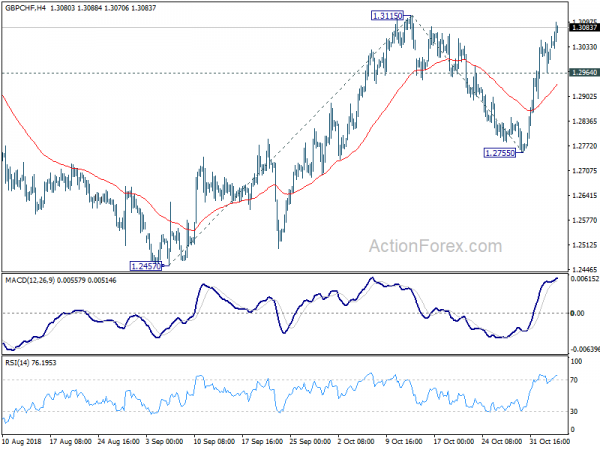
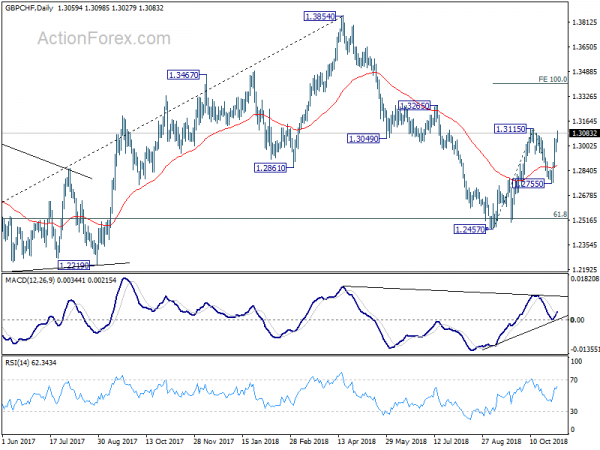
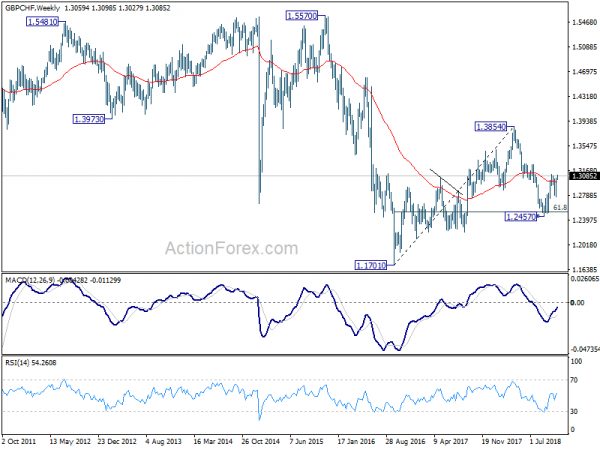
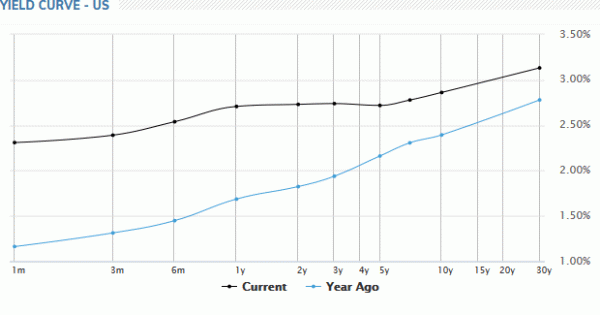
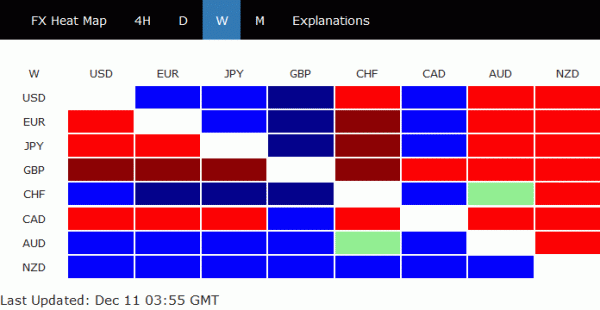
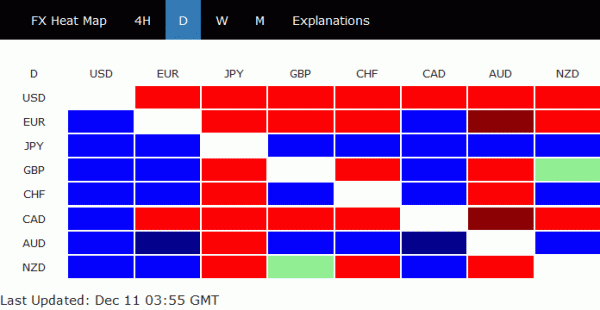

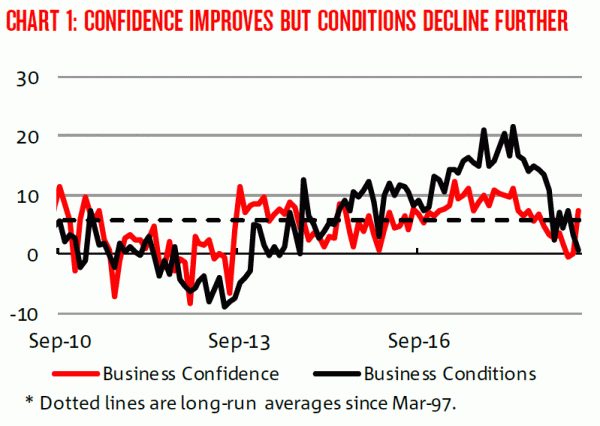
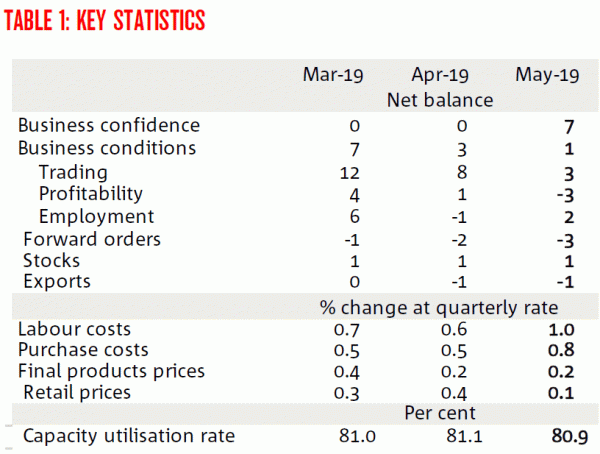
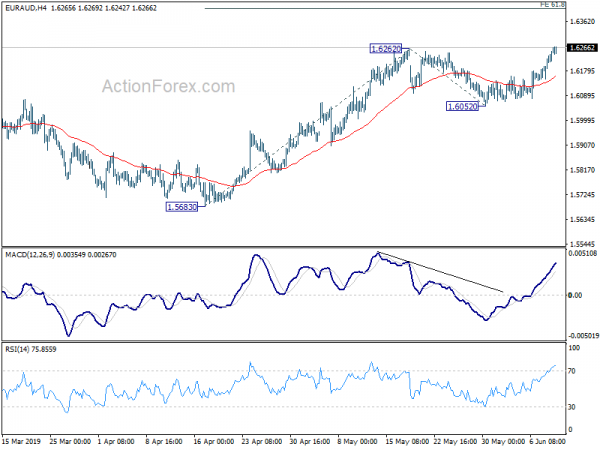
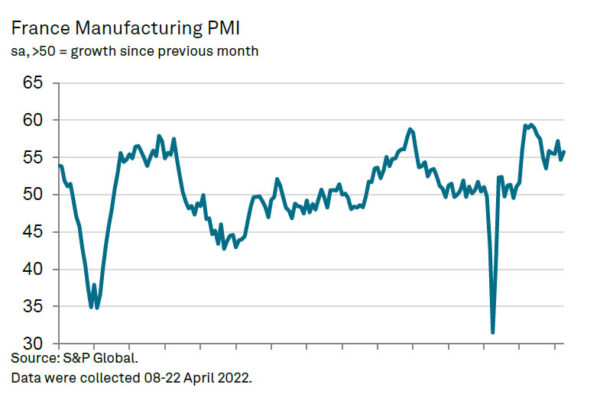
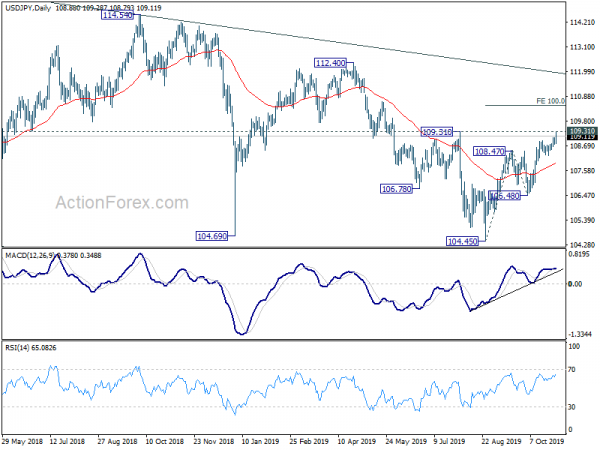
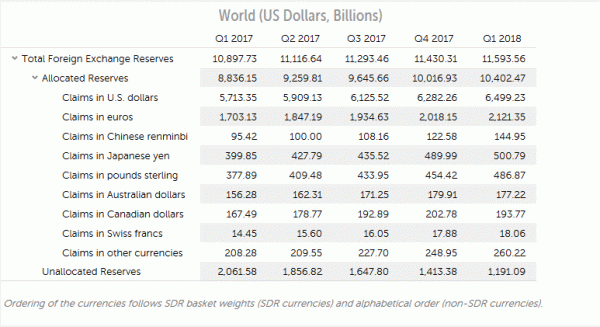
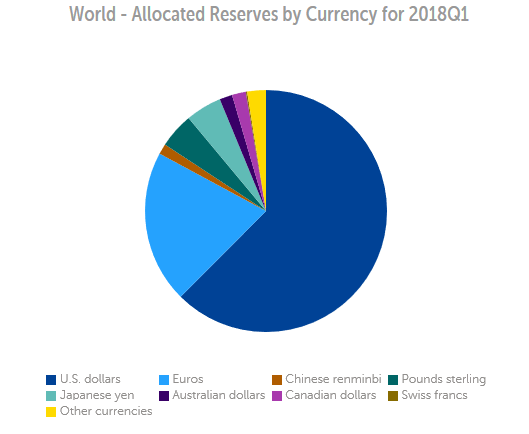
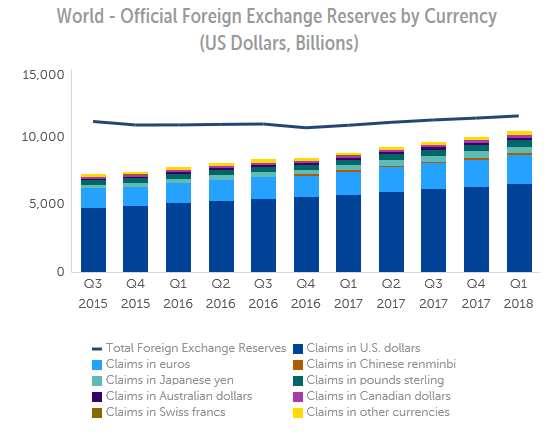
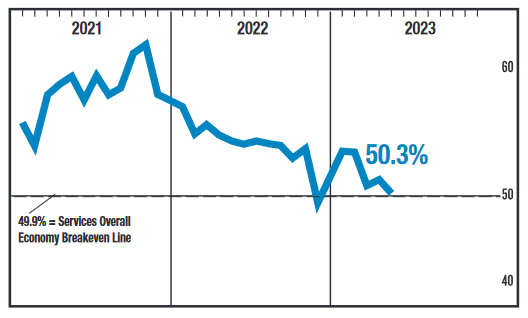
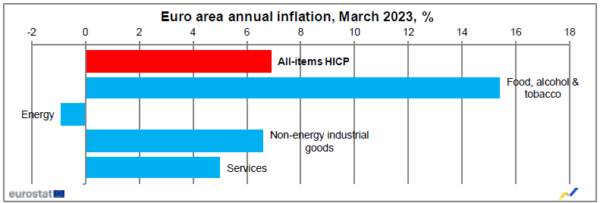
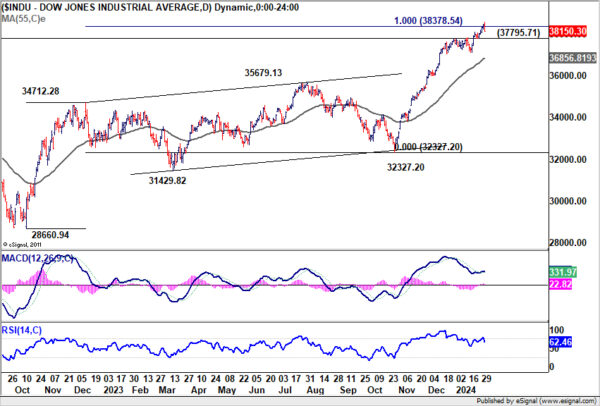
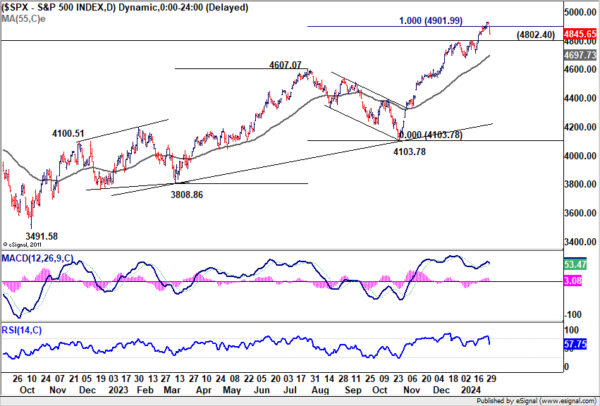

UK PMI manufacutring ticked up, GBPUSD eyes 1.4095 minor resistance
UK PMI manufacturing rose 0.1 to 55.1 in March, above expectation of 54.7. Markit noted that it signals “steady growth rate at the end of opening quarter”.
Rob Dobson, Director at IHS Markit, which compiles the survey:
Duncan Brock, Group Director at the Chartered Institute of Procurement & Supply:
GBP trades notably higher today against USD and JPY. With 1.3982 minor support intact, choppy fall from 1.4243 is seen as a corrective pull back. Break of 1.4095 will suggests that such pull back is completed and bring stronger rebound back to 1.4243.